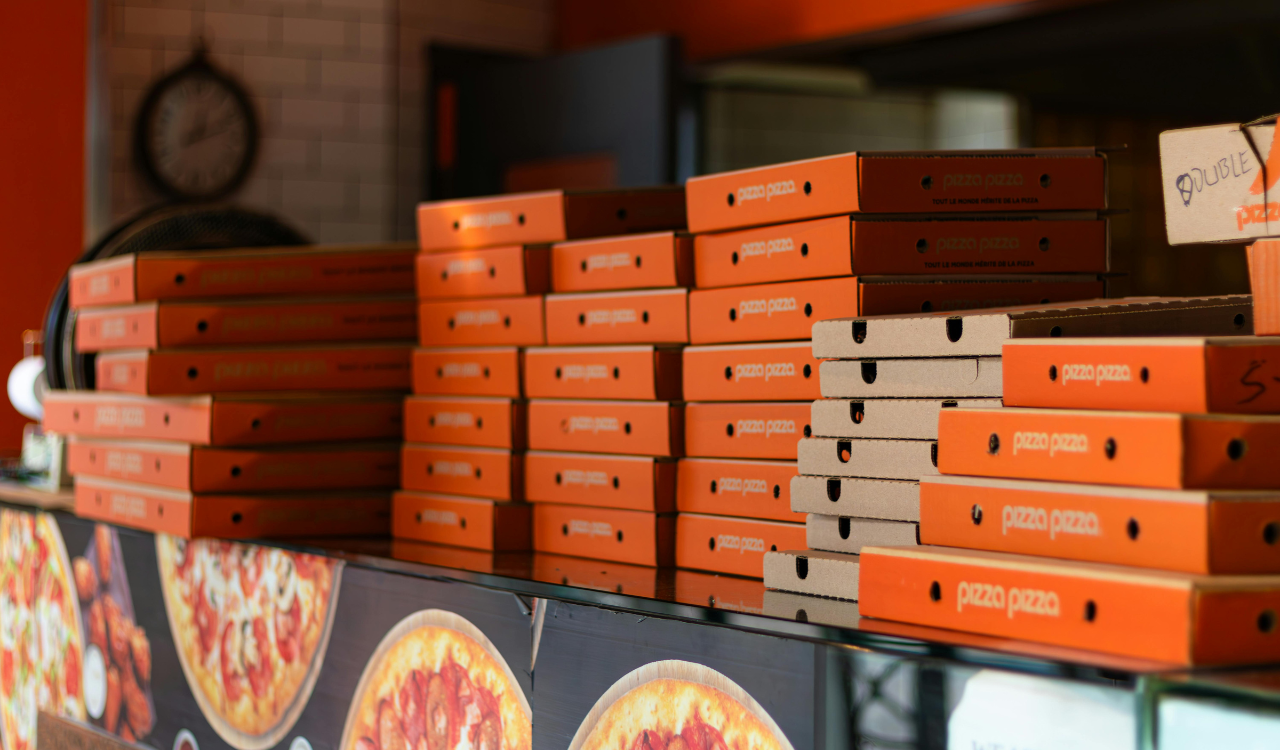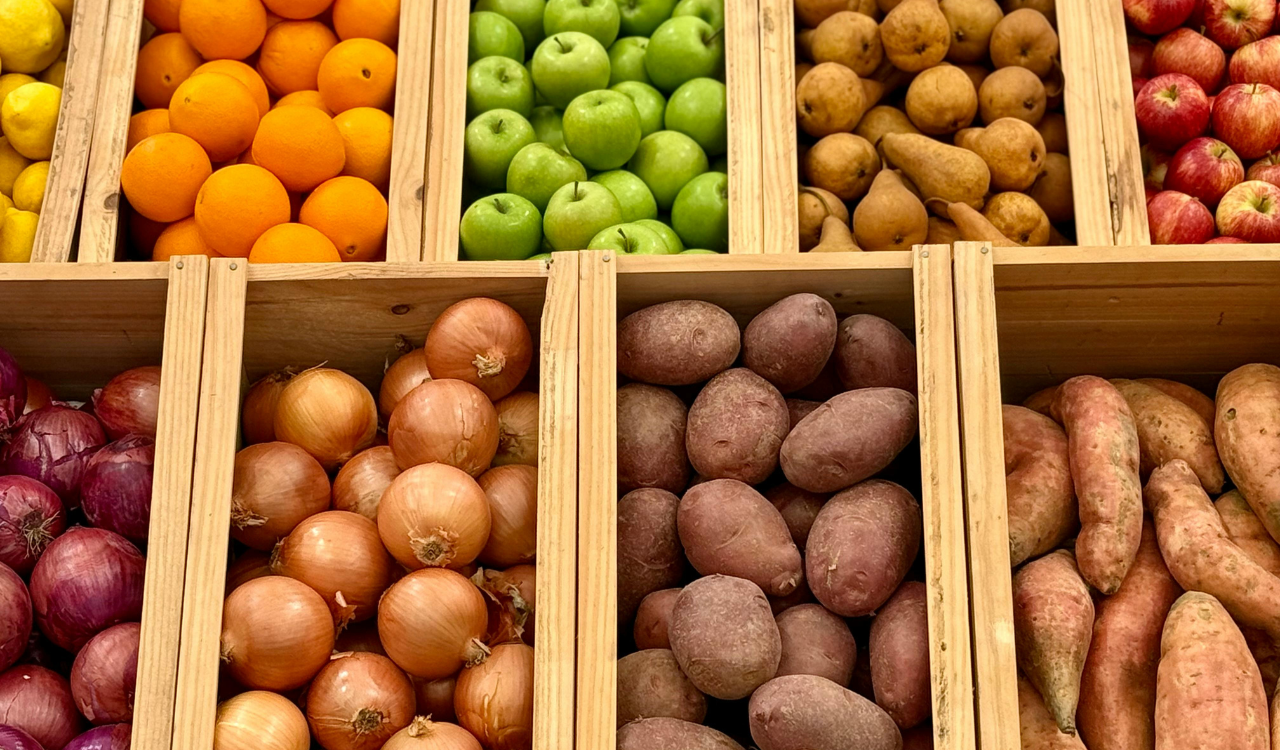How Costco Bulk Pricing Stacks Up Against Traditional Grocers
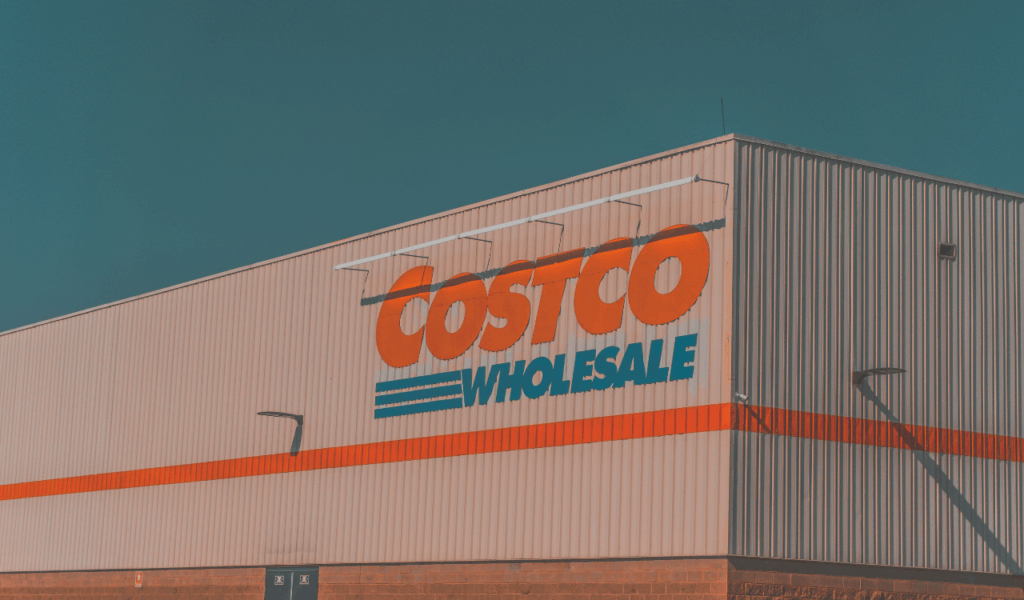
Imagine a huge aisle in a warehouse with carts full of large bags of popcorn, 48 packs of toilet paper, and nicely roasted chickens for $5. That’s the world of Costco. But on the other hand, regular grocery stores have a wide range of sizes, offer weekly deals, and make shopping easy. But how do they really compare when it comes to bulk pricing, savings per unit, and value in 2025? Let’s get started.
Why Bulk Buying Is Suddenly So Popular

Not just people who shop at warehouse stores are buying in bulk anymore; it’s becoming increasingly popular for a lot of families.
Inflation as Fuel
The United States Department of Agriculture says that food prices are still higher than they were a year ago in mid-2025, while the Bureau of Labor Statistics says that grocery prices are also rising. Because of this, people are going to stores that have lower prices per item.
Warehouse Clubs as a Value Anchor
Warehouse clubs like Costco (and others like it) are doing well. They benefit from economies of scale, membership fees that help them keep their margins, and bulk packaging that cuts down on costs. A recent study indicated that the warehouse club channel has been growing at a compound annual rate of about 6% since 2007. The objective is to buy more, spend less per unit, store it, and beat inflation.
The Data—Where Costco Shines (And Where It Doesn’t)

Let’s look at some concrete data and facts about how Costco’s prices stack up against those of other grocery stores.
Big Wins in Name Brands & Staples
A recent analysis found that Costco’s prices were 49.3% lower per ounce for a certain croissant than those at other grocery stores, and chicken thighs were 44.3% lower per pound than the competition. This illustrates that Costco has big savings on breakfast foods, snacks, and proteins that come in bulk.
Not Always A Win Everywhere
Not many categories offered big savings. The same study found that cuts like New York steak saved only 8.1% and beef burgers saved only 2.9% compared to other options. Also, the cost of membership, the ability to store things, and the amount of trash are all important. Bulk packing implies you require space and utilization. Another advice said that how cost-effective something is “depends a lot on how you shop, how much space you have to store it, and how well you can avoid waste.”
What Traditional Grocers Offer That Warehouse Clubs Don’t

Bulk clubs are great in some ways, but typical grocery stores still have advantages that bulk stores can’t match.
Smaller Packages, Less Waste
Buying twenty-pound bags might not make sense if you live alone or only cook for two. Traditional grocery stores have smaller packets, which makes it easier to store them and less likely to deteriorate.
Fresh Perishables & Omnichannel Experience
Traditional supermarkets are spending a lot of money on fresh fruit, meal kits, store-brand value lines, and online shopping. One analysis on trends in the sector said, “fresh food… will be their most important department for the next three years.” They also often win in terms of convenience, with frequent visits, being close by, targeted deals, and no membership fee.
How to Decide Which Model Fits You
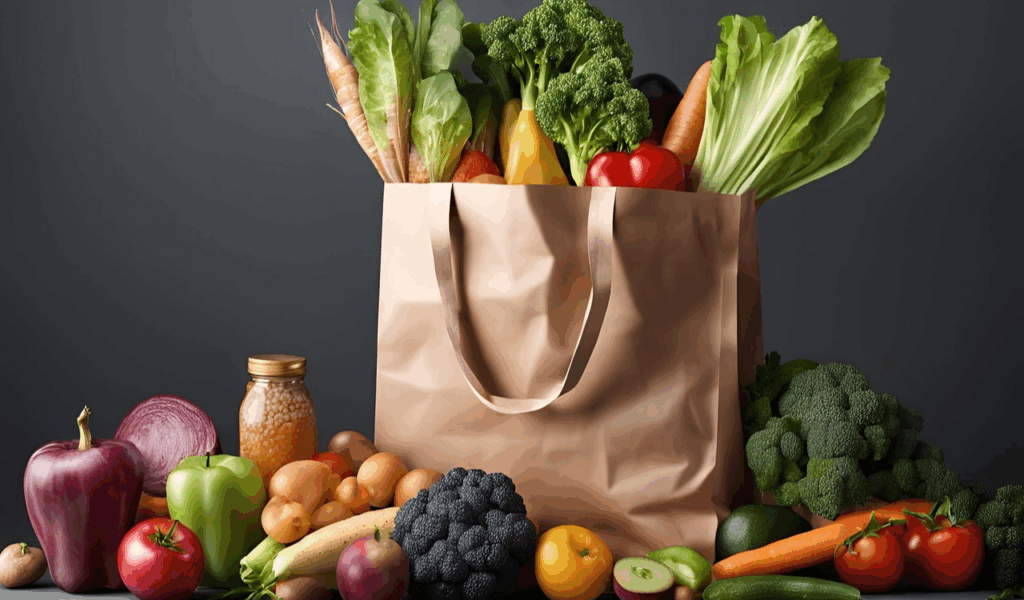
Here’s a quick list to help you choose between buying in bulk at Costco or at a regular grocery store.
- Size of the household and how much it eats: Big family? Bulk is a good idea. Only one person? Smaller pack sizes help cut down on waste.
- Storage and freezing space: Do you have room in your freezer or pantry to store a lot of food?
- Cost of membership and upfront payment: Keep in mind that Costco membership isn’t free.
- The types of products you buy the most: If your basket is full with snacks, meats, or name-brand products, bulk may win. If you only eat tiny amounts of fresh fruits and vegetables, traditional may win.
- How often you shop and how easy it is to get to: Traditional grocery stores often win on location and convenience.
The data shows that the savings are substantial, but only if your habits match up. Some households get a lot of value, while others don’t.
The Backlash & Hidden Costs
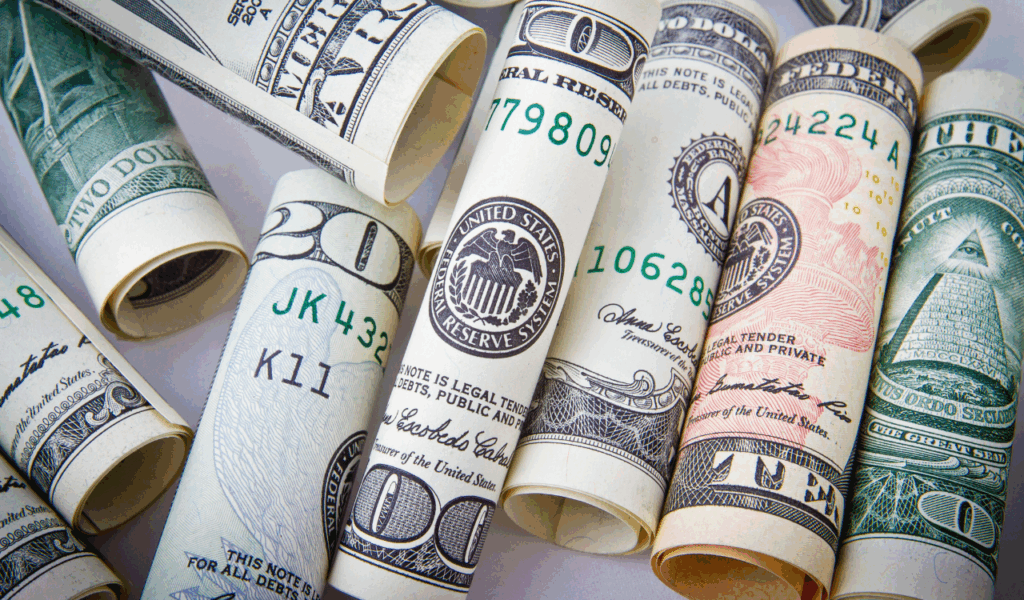
There are pros and downsides to warehouse clubs, even though they have some evident benefits.
Membership Cost & Package Size
The membership cost makes it hard to join; it might not be worth it if you don’t shop much and spend a lot. If you can’t eat it in time, big packages might also cause food to go bad or go to waste.
Price Hikes and Inflation Pressure
Cost advantages can go away. For instance, a report from 2025 said that Costco’s price hikes on basic items like coffee, eggs, and olive oil are in line with general inflation patterns. That means you have to keep recalculating how much you save compared to typical grocery stores, not just guess.
The Takeaway for Smart Shoppers
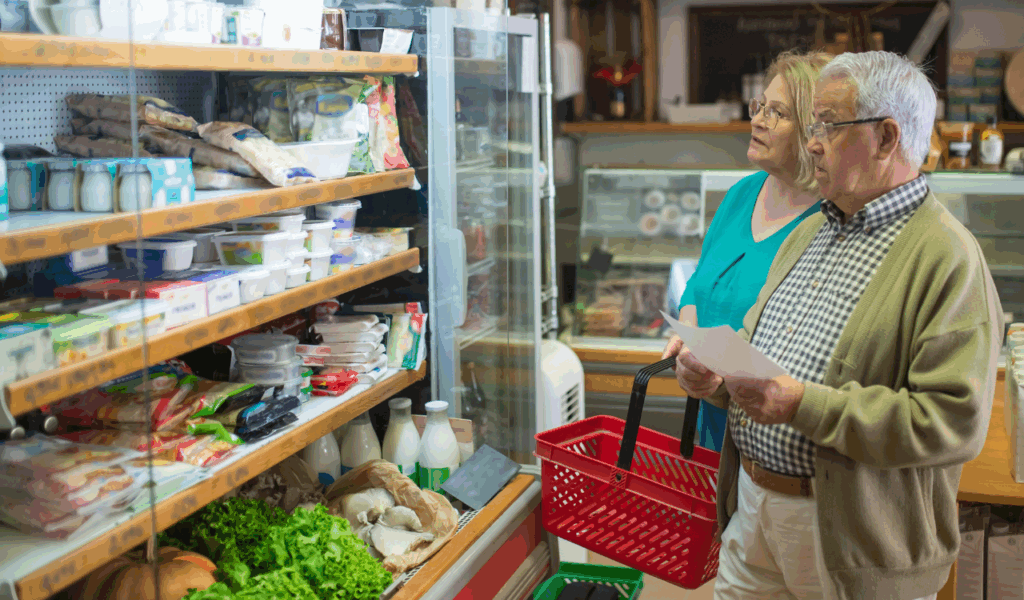
In the end, this is what matters: It all depends. Costco’s bulk shopping can save you a lot of money per unit, especially if you shop a lot, have a big family, or are okay with storing things. However, if you have a small family, like fresh fruits and vegetables, or shop often and close to home, a regular grocery store may be a better deal and waste less. Look at your buying habits, evaluate the cost per unit (not just the pack price), and think about how much it will cost to store and send the items. In the supermarket world of 2025, where prices are going up, being careful and checking the math is the only way to win.
References
- “50 Grocery Items That Cost Less at Costco Than Competitors,” Food & Wine, 2025. (Food & Wine)
- “More younger Americans turning to warehouse grocery stores like Costco and Sam’s Club,” MoneyWise, Oct 20 2025. (Moneywise)
- “The Wholesale Revolution: Bulk Retail is Changing Grocery Expectations,” Chute Gerdeman, 2024. (Chute Gerdeman)
- “Costco Wholesale Warehouse vs. Other Retailers: Where Can You Save More?” Smarter.com, Apr 8 2025. (Smarter.com)
- “Costco 2025 Price Hikes: Popular Items & Trends Revealed,” Accio, 2025. (Accio)




